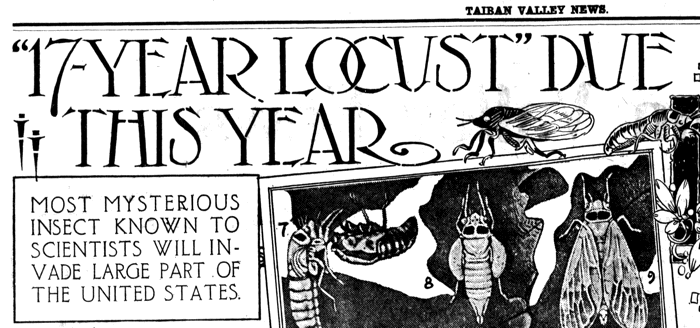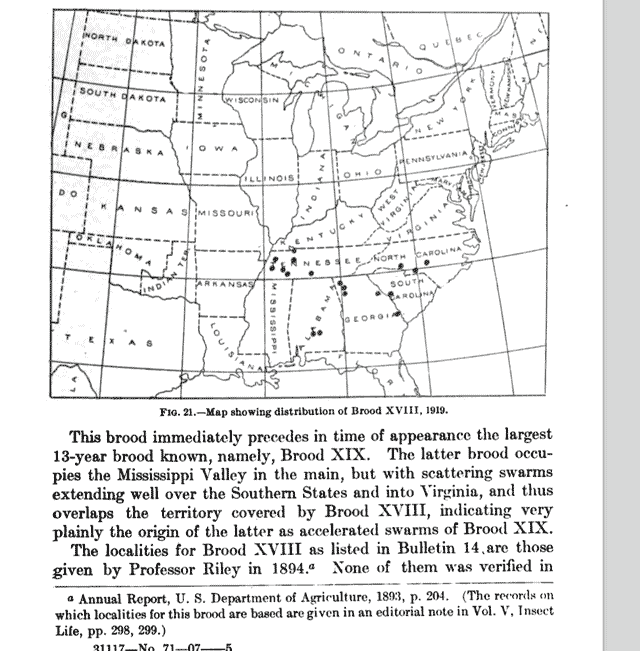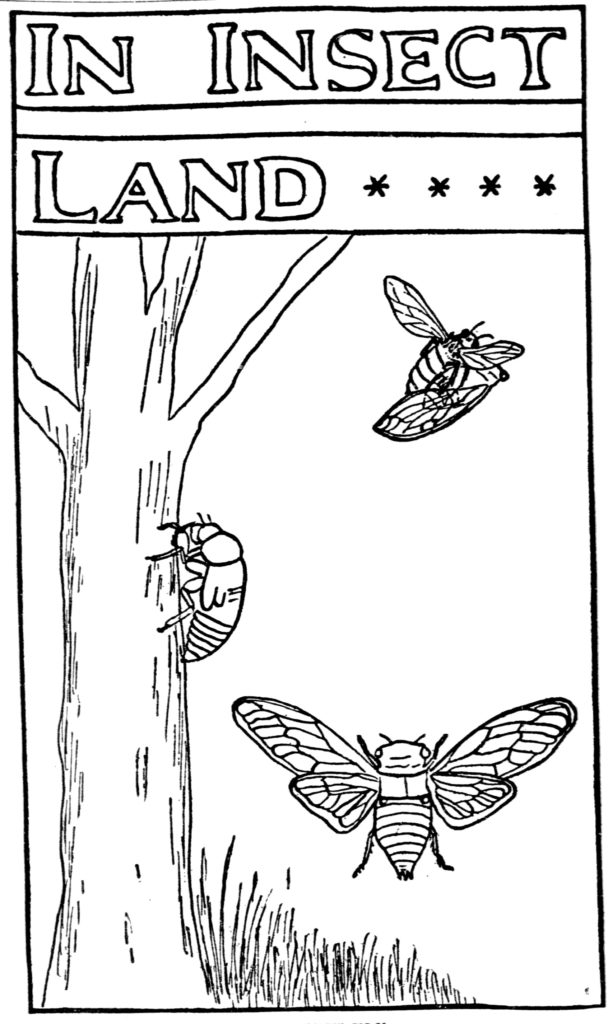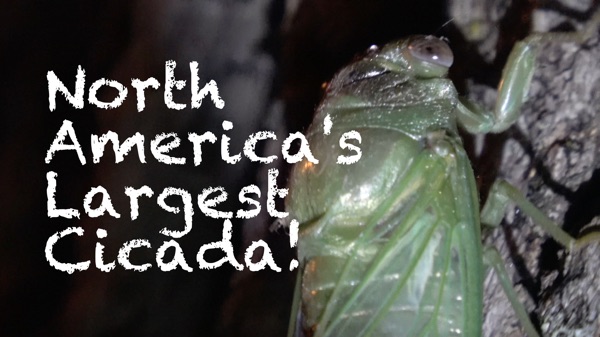
Since 2013 I’ve met Elias Bonaros and Annette DeGiovine in Manchester, New Jersey to search for the cicada Neotibicen auletes. It has become an annual tradition.
M. auletes is the largest cicada in the Americas, they have a particularly arresting call, and are a beautiful lime green when recently molted. They are definitely worth taking the time to find.
Locating and observing cicadas in northern States can be particularly vexing because they are far less abundant, and much of their habitat has been eliminated to make way for the ever-growing, densely-packed human population. It is a treat any time we can find and observe a living cicada specimen up-close. If you’re the type who likes to travel to observe cicadas, New Jersey is not a great place to start on the east coast. Southern states, starting at North Carolina to Florida are your best bets, in terms of species diversity and abundance. If you’re a collector, be aware of local laws — for instance, collecting in Florida is completely forbidden.
This year’s adventure began around 7:15pm when I arrived at the mini-mall where Caballero’s Pizzeria is located (Manchester, NJ on Route 70). Part of the tradition is to have a few slices of pizza, and after four years the owner knows who we are. The mini-mall the pizzeria is located in is bordered on the right by a sandy-soil pine & oak forest, and in front by two small groves of tall oaks & pines. Oddly, the ground of these groves has been covered with a back mesh tarp, which completely prevents underbrush growth. This doesn’t seem to deter cicadas from emerging, but I’m skeptical that future generations of cicadas will find the smaller plant roots they need during the early stages of life.
At 7:15pm the small and beautiful Neocicada hieroglyphica cicadas were singing from many trees in groves and forest (they would continue singing to around 9pm, well past sunset). Around 7:30pm Neotibicen linnei began to join them.
Elias and Annette arrived shortly before sunset, around 8pm, giving them time and daylight to scout the grounds for deceased adult specimens and exuvia (molted skins); oddly none were found. Neotibicen auletes calls at dusk, right after sunset. On queue multiple N. auletes began calling from the trees in the groves and forest, like a soloist overpowering the lesser vocalists and instruments around him, N. auletes are the divas of the New Jersey cicada opera.
Elias photographing an auletes:
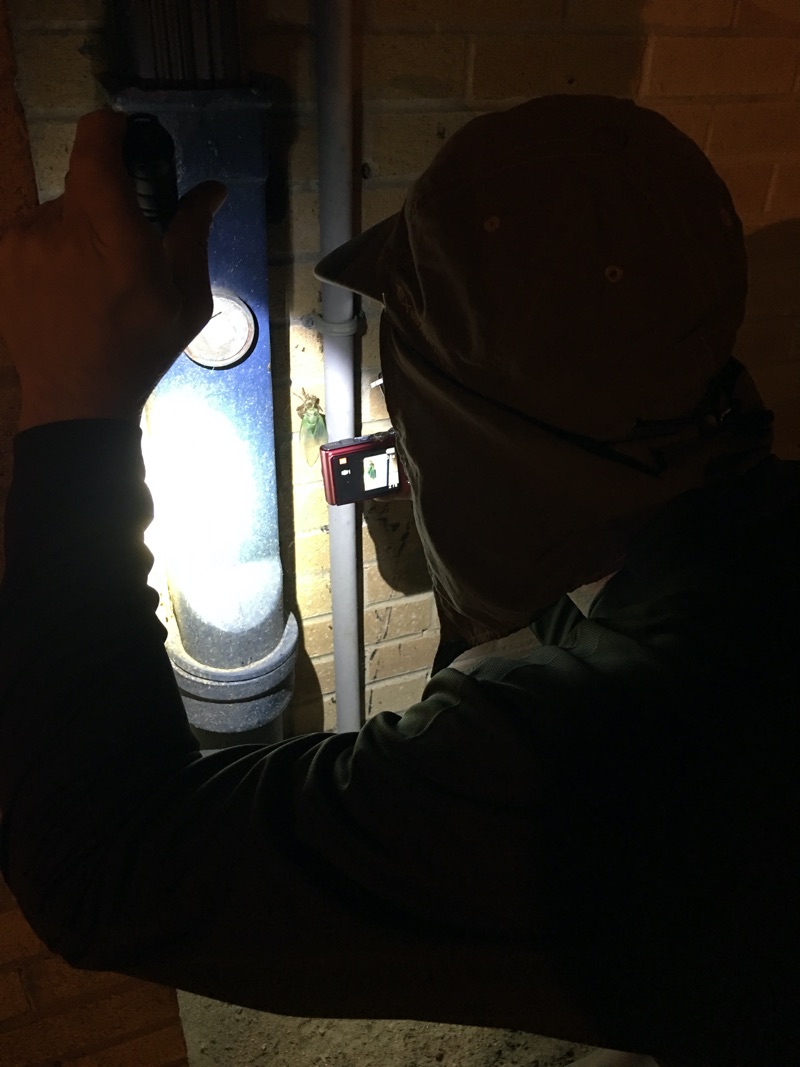
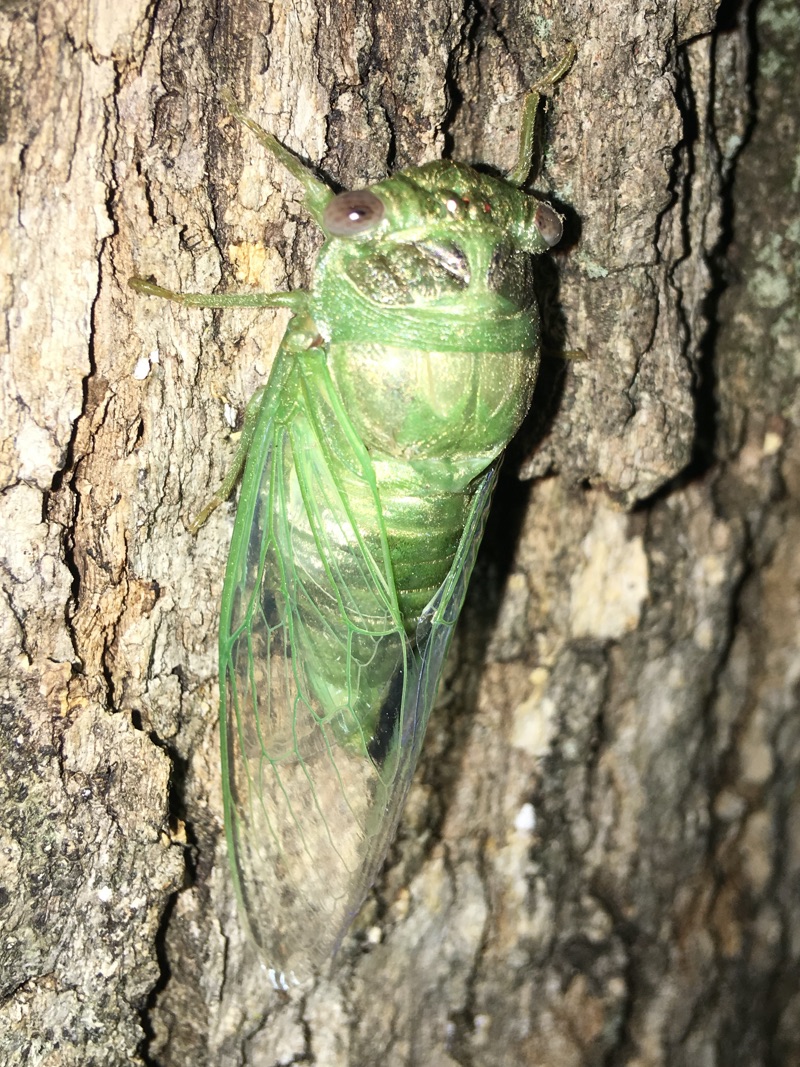
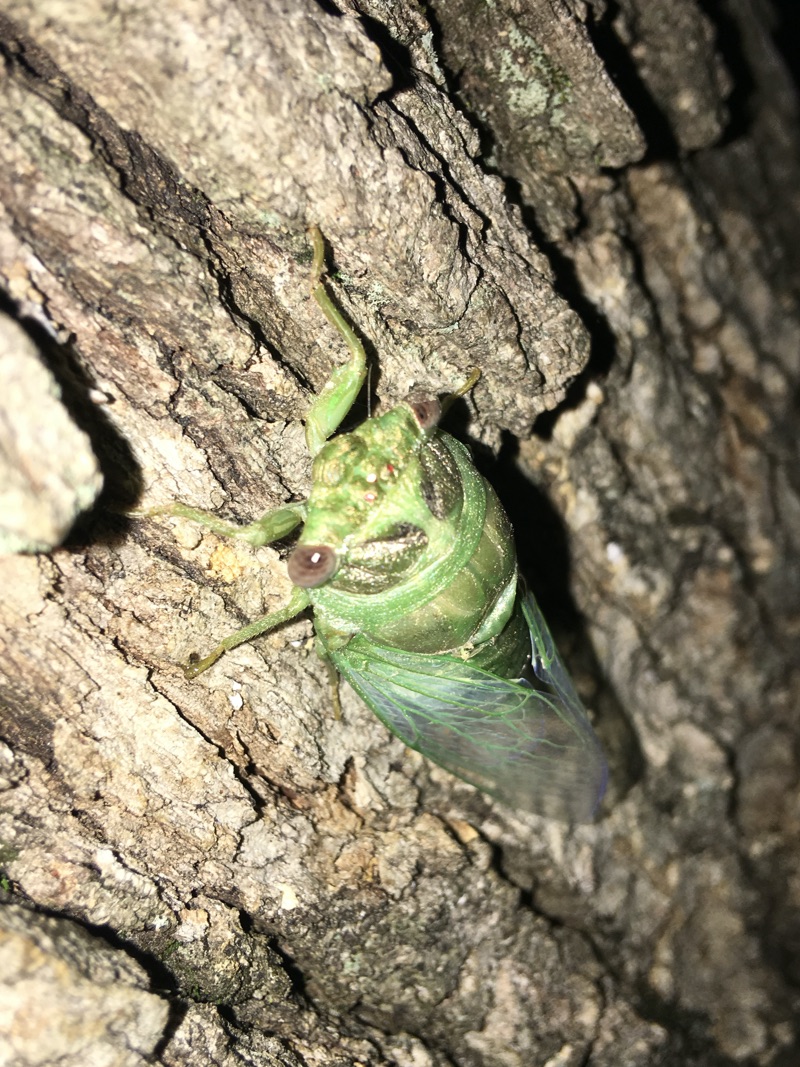
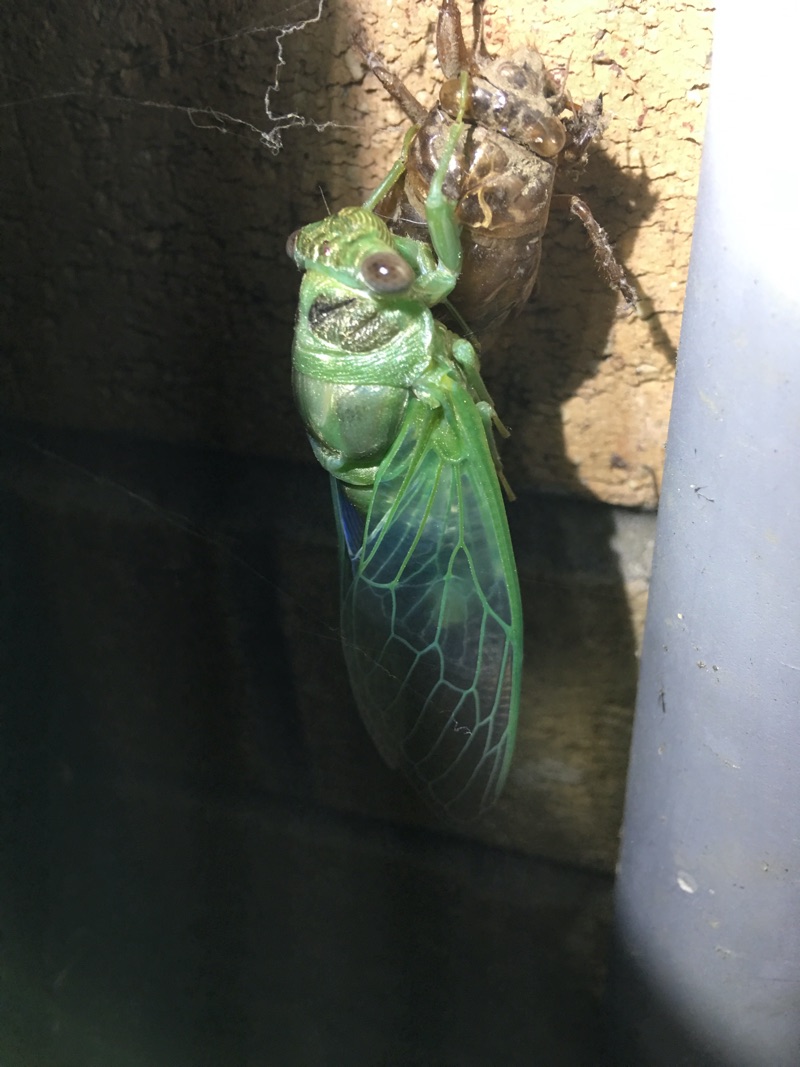
No exuvia or dead N. auletes was found, but the many calls we heard were encouraging. Once night fell we began to search the local area for emerging nymphs and molting adults. After a long search Elias found a single female auletes molting on the side of a school. Three hours of searching only yeilded one cicada — for those who have experienced periodical cicada emergences, or those who live in areas with an abundance of annual species, a lone cicada would be very disappointing. For Elias, Annette and I, finding a lone (locally) rare cicada, was not disappointing at all.
The funniest moment of the night came when a local policeman asked us if we were hunting Pokemon! Of course we were not — we were hunting cicadas. A little harder to explain, and probably more fun.
Video from the trip:
Previous Manchester NJ auletes adventures:
